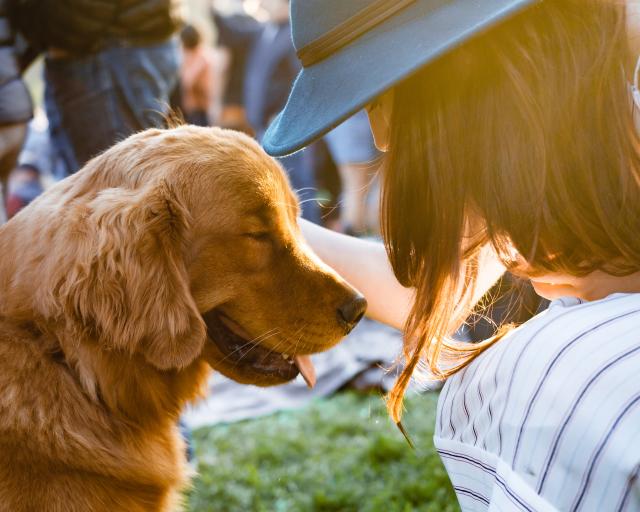Summer is here and many Victorians, including those in Maribyrnong and Hobsons Bay are preparing for the holidays.
Regardless of whether it’s a vacation or a staycation, pet owners should take appropriate measures to ensure the safety and wellbeing of their animals during warmer weather.
The wetter-than-usual summer forecasts may lead owners to believe temperatures will be less severe and lower their guard when it comes to caring for their animals. It is important for owners to understand how to properly care for pets in the heat and be familiar with the signs of an animal in distress. Preparing for summer will ensure the safety, comfort, and overall welfare of animals.
Planning and preparation are key to keeping animals happy and healthy during the summer and preventing a serious incident.
Always:
· Provide a cool, shaded area with good ventilation and air flow
· Ensure your pet has access to multiple sources of fresh, cool water
· Make sure animals have access to shade and do not tether them – remember that shady places will change as the sun moves throughout the day
· Make sure rugged horses are wearing summer weight rugs
· Avoid exercising your pet in hot and humid conditions
· If safe to do so, bring animals indoors on hot and humid days
· Remember that smaller pets such as birds, rabbits, guinea pigs and reptiles are highly susceptible to heatstroke and need extra attention on warm days – move the animal and their cage to a cooler space with plenty of shade, water and ventilation e.g. the laundry or bathroom
· Be aware of the heat stress symptoms your pet may exhibit so you can help them cool down
· Ask someone to care for your animals if you are going away or consider using a boarding facility – if you have livestock ensure they can be checked regularly.
Despite predictions of a wetter-than-usual summer this year, high temperatures will still occur, which can lead to pet health emergencies including dehydration and heatstroke.
While it is generally safe for pets to accompany their owners in the car, RSPCA Victoria urges people never to leave their animals unattended in a vehicle. Temperatures inside cars can rapidly reach unsafe levels – owners should be aware that it only takes six minutes for a dog or other animal to die in a hot car.
Treatment for heatstroke
If you suspect your animal is suffering from heatstroke, RSPCA Victoria recommends emergency first aid is applied immediately to help normalise the animal’s body temperature:
1. SPRAY or apply tepid/cool water onto their fur or skin.
2. Do not use ice or ice-cold water on your pet as it can potentially worsen the situation.
3. FAN the animal to maximise heat loss.
4. If possible, wet down the area around your pet to lower environmental temperatures.
5. Take your animal to the nearest VET immediately – even if it looks like they have recovered. The vet can assess for organ damage and provide life-saving treatment in serious situations.
Symptoms of Heatstroke
The signs of heatstroke in animals are varied and may include:
· Relentless panting (increases as heatstroke progresses)
· Drooling or salivating
· Agitation or restlessness
· Very red or pale gums
· Bright red tongue
· Increased heart rate
· Breathing distress
· Vomiting, diarrhoea (possibly with blood)
· Signs of mental confusion, delirium
· Dizziness, staggering
· Lethargy, weakness
· Muscle tremors
· Seizures
· Collapsing and lying down
· Little to no urine production
· Coma







